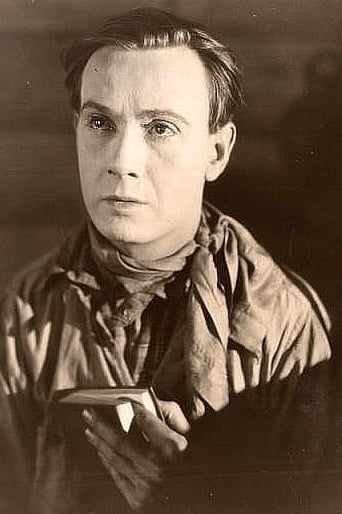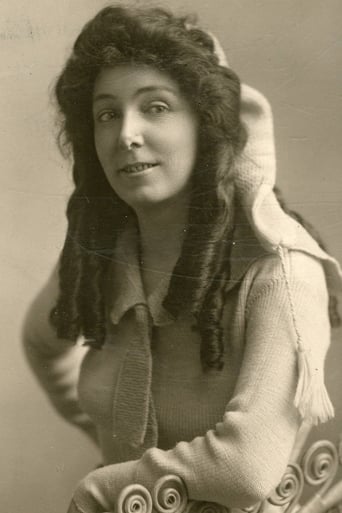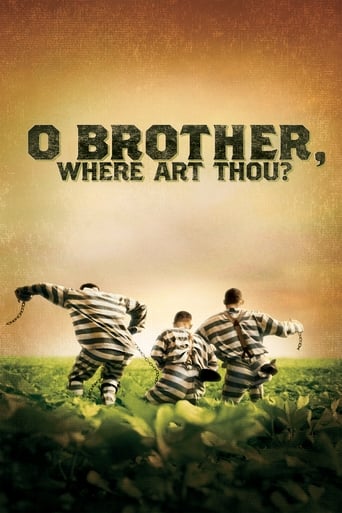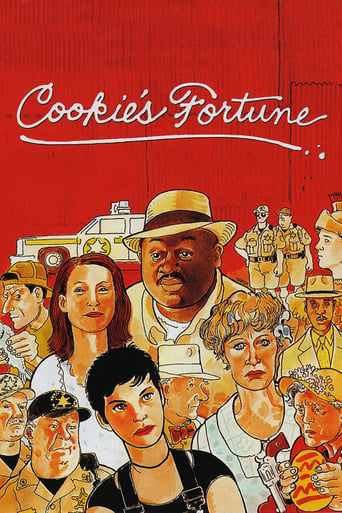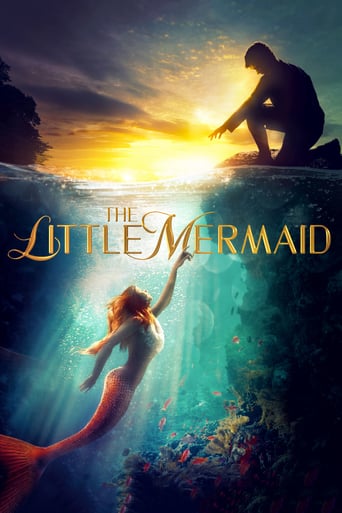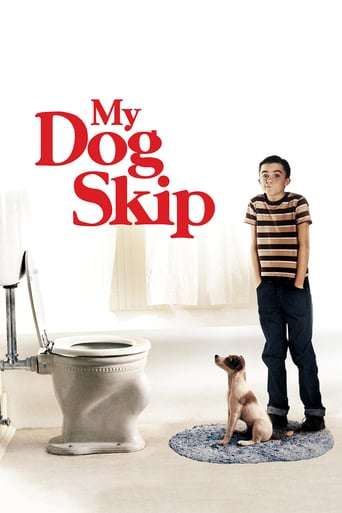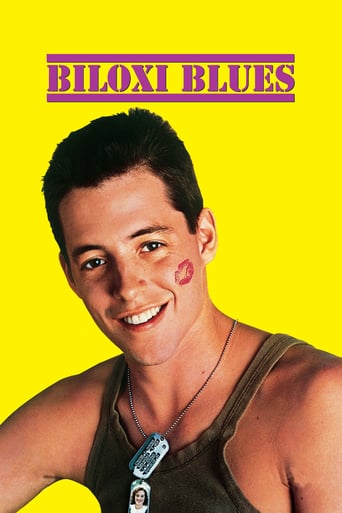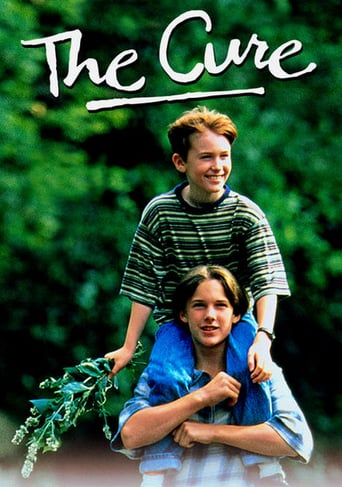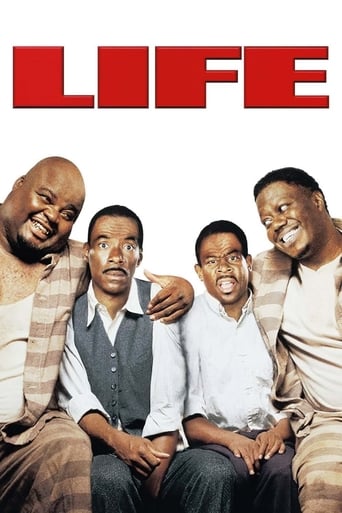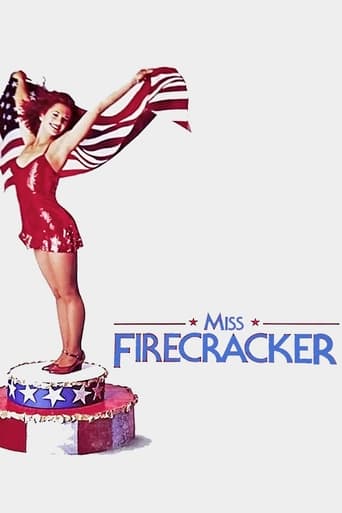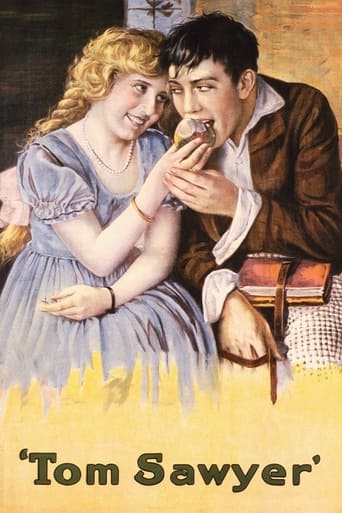
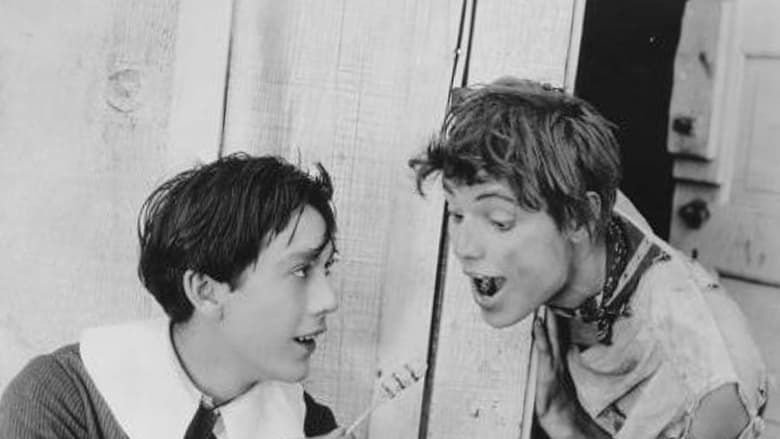
Tom Sawyer (1917)
Silent version of the Twain tale, filmed in Pleasanton, California. A Missouri boy (Jack Pickford) encounters his first love (Clara Horton) and bucks responsibilities to find adventure with his friend, Huck Finn (Robert Gordon).
Watch Trailer
Cast


Similar titles
Reviews
Julia Crawford Ivers' adaptation of Mark Twain's classic 1876 novel is faithful to the highlights of the first half of the book, and since the sequel 'Huck and Tom' hit screens just three months later this film was presumably always intended as Part One of a lengthy two part film. We therefore get the whitewashing episode, the introduction of Becky Thatcher into Tom's life, the business with the bible study tickets and the exaggerated reports of Tom's death, concluding with his appearance at his own funeral.But Muff Potter, Injun Joe and the scenes in the caves would have to wait for the appearance of 'Huck and Tom' (1918), in which the amiable tone that has so far prevailed presumably darkens considerably. Robert Gordon doesn't actually have that much screen time as Huck Finn in this first film and presumably comes into his own in the sequel (especially with his name coming first in the title).
Only the second adaptation of the classic 1876 novel "The Adventures of Tom Sawyer" by Mark Twain, this is a hugely enjoyable silent comedy adventure film. The first adaptation was released in 1907 and is now lost but it is notable as being the only film version of any of Twain's works made during his lifetime. This film has an excellent script or, use the vernacular of the time, photoplay by Julia Crawford Ivers which sticks closely to the source material. That said, only the first half of the novel was adapted for the screen on this occasion as it ends with the "funeral" scene. The remainder and parts of its sequel "Adventures of Huckleberry Finn" formed the basis of the film's 1918 sequel "Huck and Tom", which is likewise lost. The film is very well directed by William Desmond Taylor. Between them, he and Crawford Ivers were able to create a charming slice of Americana which is suitably evocative of the novel. Rather appropriately, the film was shot in Twain's home town of Hannibal, Missouri. Taylor may be best known as the victim of one of the most (in)famous murders in Hollywood history in 1922, which was never solved. At only 58 minutes, the film is very short by today's standards but I think that it was about average for the time. While I have seen a few older Chaplin Chaplin shorts, this is the oldest feature film that I have ever seen but it probably won't stay that way for too long.The film stars Jack Pickford in a first rate performance as the rambunctious title character. The lesser known younger brother of the Queen of Hollywood and brother-in-law of its King Douglas Fairbanks, the great success enjoyed by his relatives eluded him but he nevertheless had a pretty decent career. As was the case with many actors of later generations, it was curtailed by his drug and alcohol abuse and he died of multiple neuritis in 1933 at the age of only 37. The people who worked on this film were clearly not the luckiest bunch. At 21, Pickford is perhaps the oldest actor to ever play Tom Sawyer on screen but I understand that it was a fairly common practice in the silent era for adults to play children. A particularly egregious example occurred when his elder sister, then 27, played the 12-year- old title character in "Pollyanna" (1920). In any event, Pickford is very effective in communicating the young scamp's mischievousness, which is nicely contrasted with his basic goodness and innocence, through his facial expressions. His devilish grin when it occurs to him that he can fool others into whitewashing Aunt Polly's fence is a joy to behold. After a few minutes, I was able to accept him as being a young boy due to the body language that he adopts and the way in which he treats every minor task that Aunt Polly and other adults expect him to perform as a major affront to his pursuit of happiness. The Canadian Pickford was very well cast as the iconic all-American boy.Two of my favourite scenes in the film involve Becky Thatcher. When Tom meets her for the first time outside her house, it is clear - again from Pickford's expressions - that he is smitten with her but that he has to work up the courage to have a proper conversation with her. It is a lovely little moment. When he sits beside her in school the following Monday and he tells her that he loves her, there is a real sense of the awkwardness and shyness that typically accompanies such early adolescent encounters. Thankfully, Clara Horton is just as capable as Pickford in portraying this or the scene would not have been nearly as sweet as it was. Robert Gordon does not have much screen time as the "juvenile pariah" Huckleberry Finn with whom Tom is "under strict orders not to play" but he is very funny in the role. It certainly comes across that Huck is even more of a troublemaker than Tom but just as well-meaning in his own way. Edythe Chapman is pretty over the top as Aunt Polly but it mostly works to the film's benefit and Antrim Short offers good support as Joe Harper. It's a terrible shame that "Huck and Tom" is lost as I'd have liked to have seen more of Pickford and Gordon as the two boys. Almost the entire cast from this film returned for the sequel, as did Taylor and Crawford Ivers.Overall, this is a great adaptation of one of the great American novels.
For its time, this is a pretty good version of Mark Twain's "Tom Sawyer", with a good selection of sequences from the novel and a well-cast Tom Sawyer in Jack Pickford. It creates the right atmosphere, and believably brings to life several of the well-known characters. Besides the story itself, the movie gives you a chance to see what Jack Pickford was able to do before his personal weaknesses and problems derailed his career, and it also offers a rare chance to see one of the surviving films of ill-fated director William Desmond Taylor.Pickford seems a natural for the part of Tom; not only does he look the part, but he had the same personality of a likable wastrel. The silent screen made it particularly important for an actor to look right in the part of such a well-known and popular character. Pickford's roguish smile and mannerisms generally work pretty well.The story takes a selection of the episodes from the novel, and most of them work as well as you could ask, given the lack of spoken dialogue and other limitations. The fence-painting scene, one of Twain's finest gems of humor and psychology, is enjoyable to watch even without all of the nuances that the written story was able to add.So many film adaptations of Twain's popular stories have been made over the years that it's not very hard to find versions of "Tom Sawyer" that would work better for today's audiences. But for those who enjoy silent films, this one still works well enough to be worth seeing, and it is also interesting as a small piece of movie history.
It is said that director William Desmond Taylor intended a sequel that would detail the rest of Mark Twain's classic. Two hour movies were not popular in 1917, despite the success of D.W. Griffith's work. Since the original book was just a series of episodes, it is surely no grounds for condemning this old film for the same quality. Actually, it is rather entertaining and faithful to the book for the episodes it contains. For proper enjoyment, though, you have to project yourself via mental time warp back to 1917 and the film technology of the era. If you can, you can see Mary Pickford's brother Jack doing a good job of bringing that eternal scamp Tom Sawyer to life. And it is a chance to see the work of William Desmond Taylor whose death a few years later was one of the greatest Hollywood mysteries of all time.



